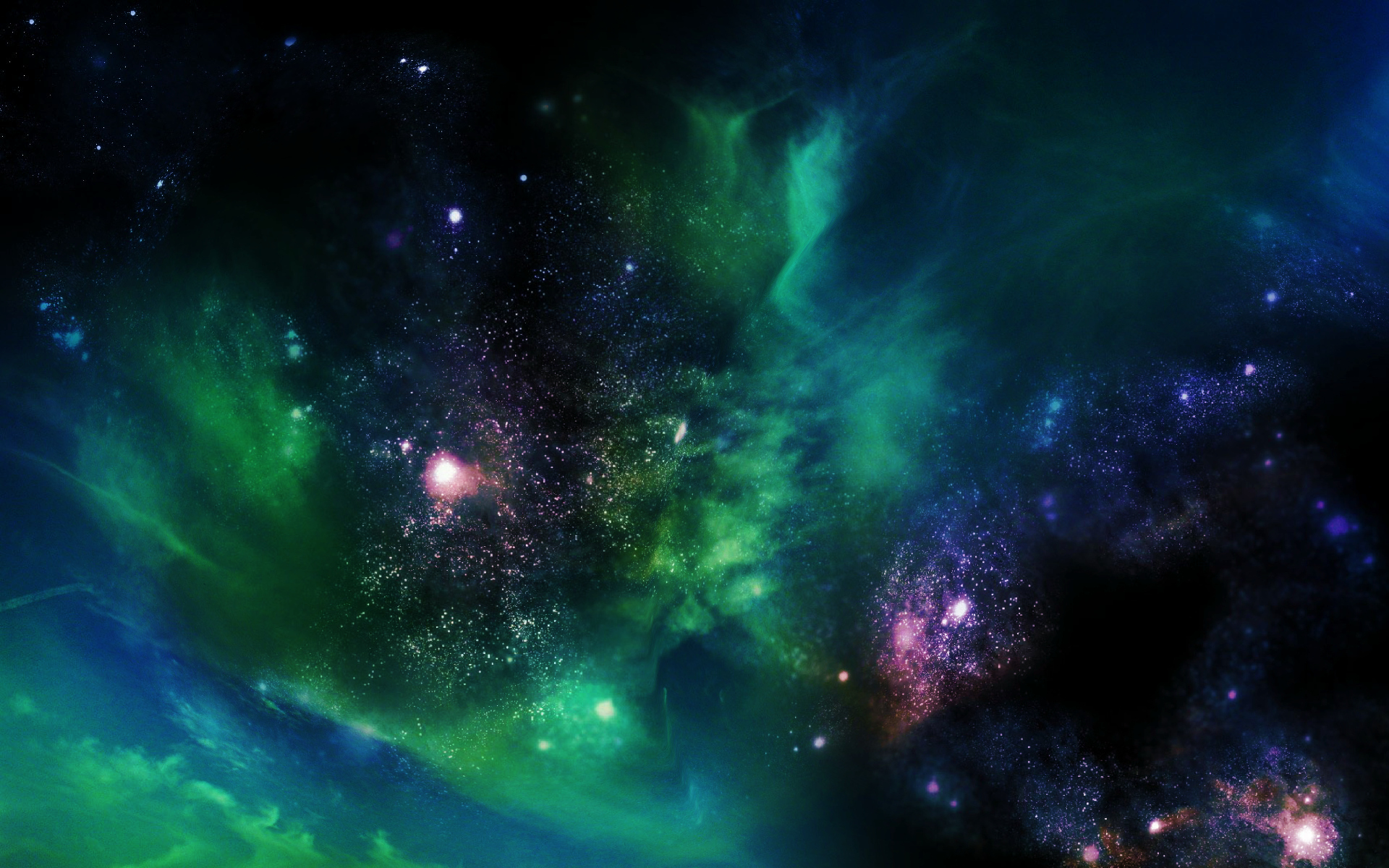
An international team, including three astronomers from the European Southern Observatory (ESO), has used the technique of gravitational microlensing to measure how common planets are in the Milky Way. After a six-year search that surveyed millions of stars, the team concludes that planets around stars are the rule rather than the exception. The results will appear in the journal Nature on 12 January 2012.

Astronomers have created a vast cosmic map revealing an intricate web of dark matter and galaxies spanning a distance of one billion light-years.

In a galaxy 250 million light-years from Earth, astronomers have spotted a record-breaking number of supernovae found at the same time.

After 520 days of total isolation in a mock spaceship, the Mars 500 crew were reunited with their loved ones in the outside world. In this edition of Space we have the men’s first accounts and exclusive images of their sealed capsule. We also witness the aftermath and follow their medical and psychological check ups. Finally, we discover just how important this simulated trip to nowhere…

Only four days into the New Year and the first four exoplanets of 2012 have been spotted orbiting four distant stars.

A new image of the Omega Nebula, captured by ESO's Very Large Telescope (VLT), is one of the sharpest of this object ever taken from the ground. It shows the dusty, rose-coloured central parts of this famous stellar nursery and reveals extraordinary detail in the cosmic landscape of gas clouds, dust and newborn stars.

Just in time for the holidays, astronomers have come across a new image from NASA

The first two Earth-like worlds orbiting another star have been detected, although neither are believed to be suitable for life.

All these worlds are yours except Europa, Attempt no landing there, Use them together use them in peace

Korea Institute for Advanced Study in Seoul scientists have carried out the largest-ever simulation of the universe, consisting of 374 billion particles in

Astronomers using ESO’s Very Large Telescope have discovered a gas cloud with several times the mass of the Earth accelerating fast towards the black hole at the centre of the Milky Way. This is the first time ever that the approach of such a doomed cloud to a supermassive black hole has been observed. The results will be published in the 5 January 2012 issue of the journal Nature.

(PhysOrg.com) -- On 15 November 2011, the Effelsberg 100-meter radio telescope, together with three Russian and one Ukrainian telescope, took part in the first interferometric observations with the orbiting 10-meter antenna Spektr-R of the Russian RadioAstron project. The observations were made at a wavelength of 18 centimeters, targeting the distant, bright, and very compact quasar 0212+735. Interferometric signals have been successfully detected by the RadioAstron team between Spektr-R and the ground antennas, setting a new world record for the size of a radio interferometer and opening a new era in interferometric studies of cosmic radio emission.